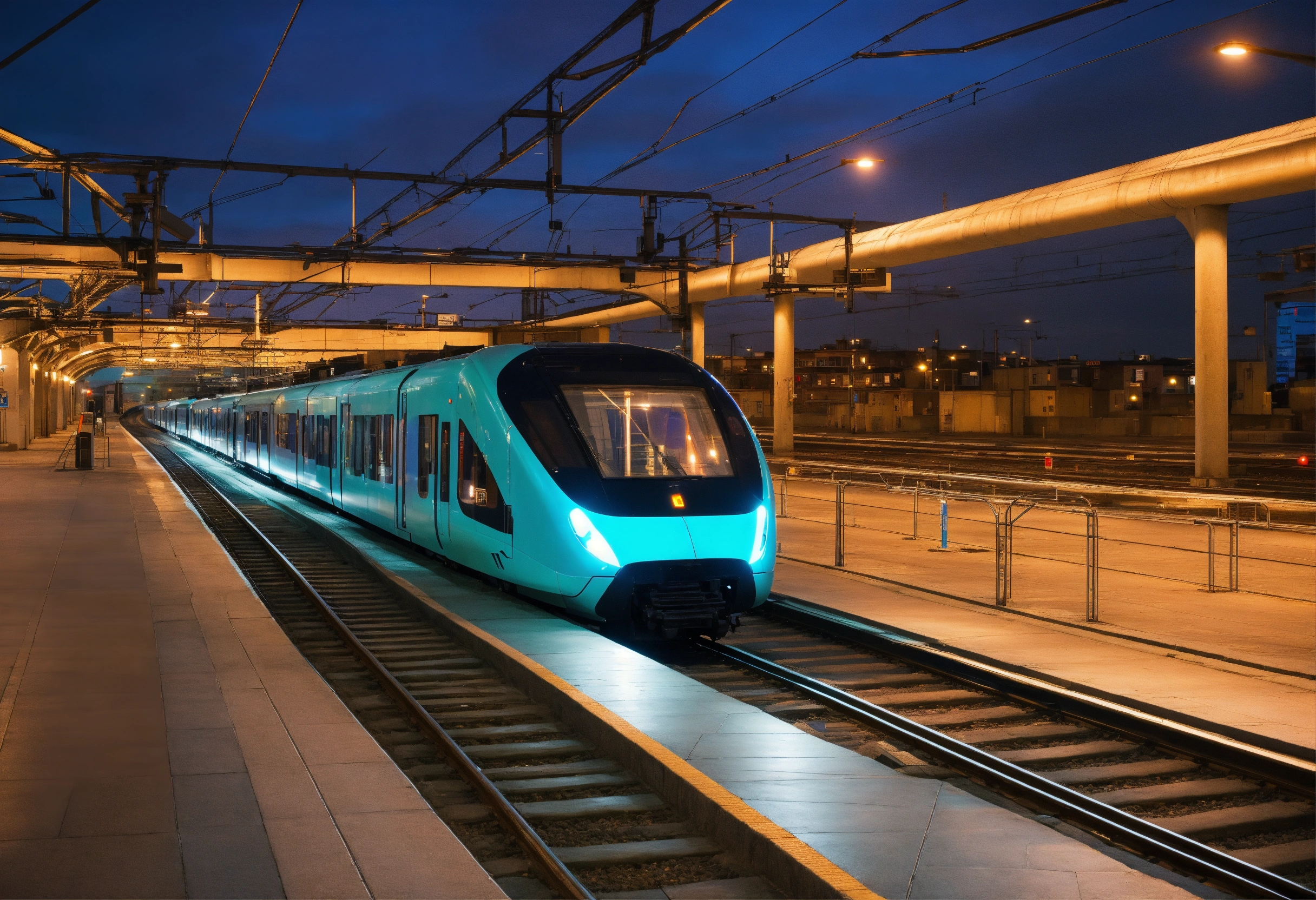Why Now?
Canada has lagged behind other developed countries when it comes to high-speed rail. While nations like Japan, France, and China have embraced fast, reliable train travel, Canadians have remained reliant on cars and planes. But rising environmental concerns, fuel costs, and population growth are shifting the conversation.
Current Proposals on the Table
The most promising project currently is the high-frequency rail corridor between Toronto and Quebec City. Though not officially “high-speed” by global standards, it’s seen as a stepping stone—reducing delays and offering electric-powered service. Proposals for true high-speed trains reaching 250+ km/h are also being considered, especially for the Toronto–Ottawa–Montreal route.
Economic and Environmental Impact
Proponents argue that high-speed rail would boost local economies, reduce road congestion, and offer a significantly lower-emission alternative to short-haul flights. Construction would generate thousands of jobs, and connected regions could see more tourism and commerce.
Stay Updated with Our Premium Newsletter
Get exclusive insights, expert analysis, and early access to top stories — all delivered straight to your inbox.
Subscribe NowChallenges Ahead
Despite its promise, high-speed rail faces serious hurdles. The initial investment is massive, estimated in the tens of billions of dollars. Land acquisition, Indigenous consultations, and long regulatory timelines mean that even approved projects could take years—or decades—to complete. Political will and interprovincial cooperation will be key.
What Canadians Think
A recent poll by Angus Reid shows that nearly 70% of Canadians support high-speed rail in principle—especially younger generations who see it as a cleaner, more efficient way to travel. However, there is skepticism about whether the country can actually follow through.
Looking Forward
High-speed rail won’t happen overnight, but the conversation has clearly shifted. With new federal funding, international examples to learn from, and a growing urgency around climate change, Canada might finally be on the cusp of a transportation revolution.
